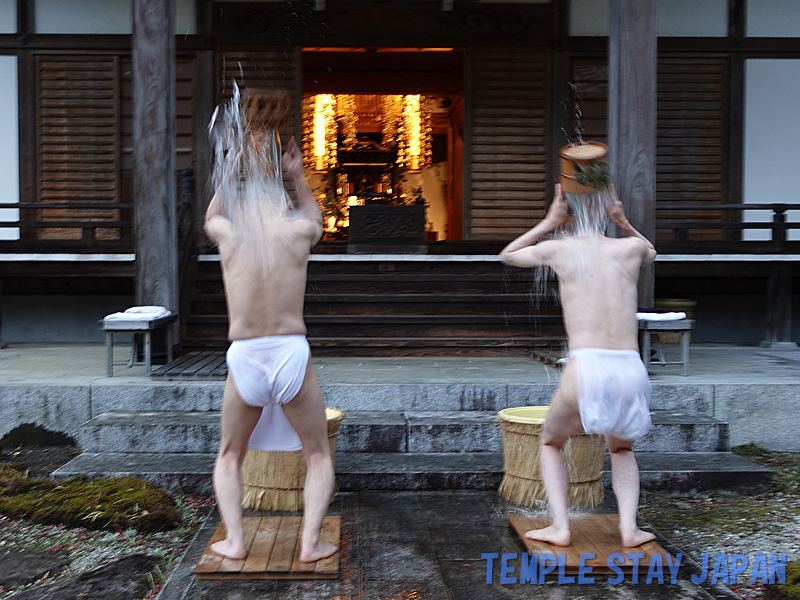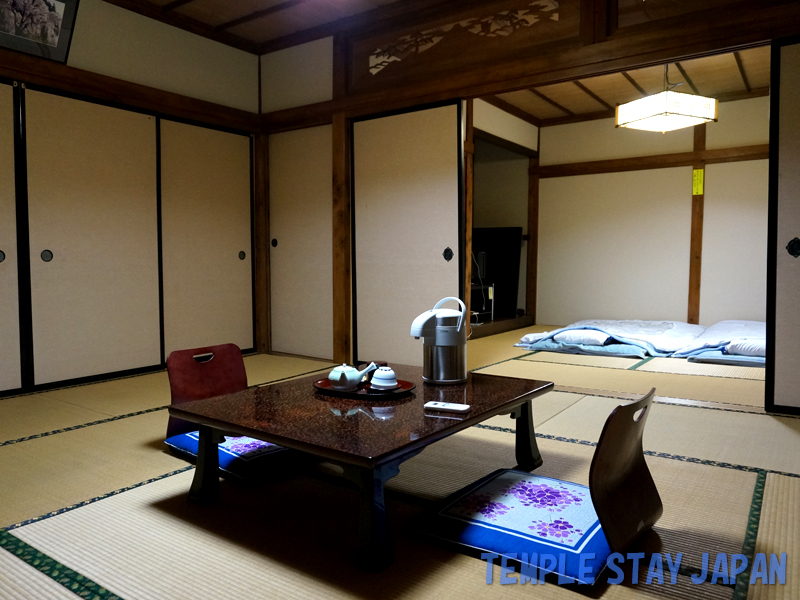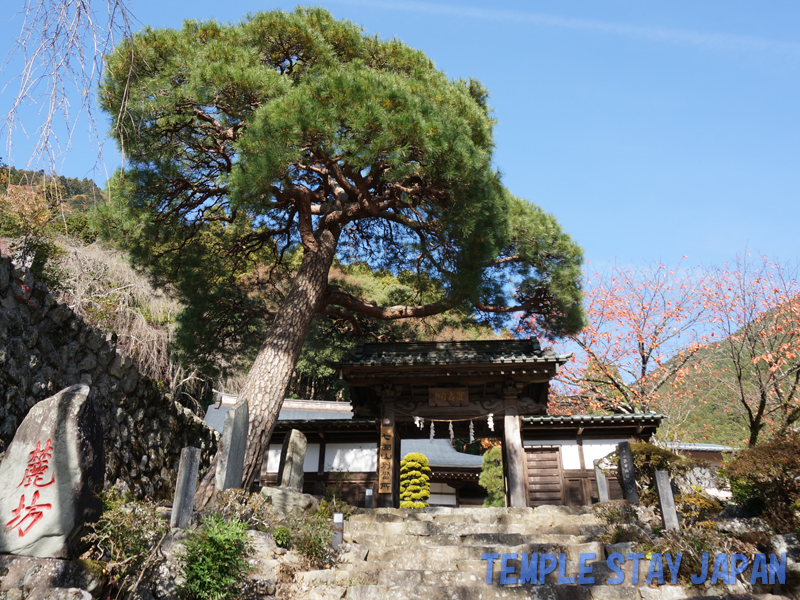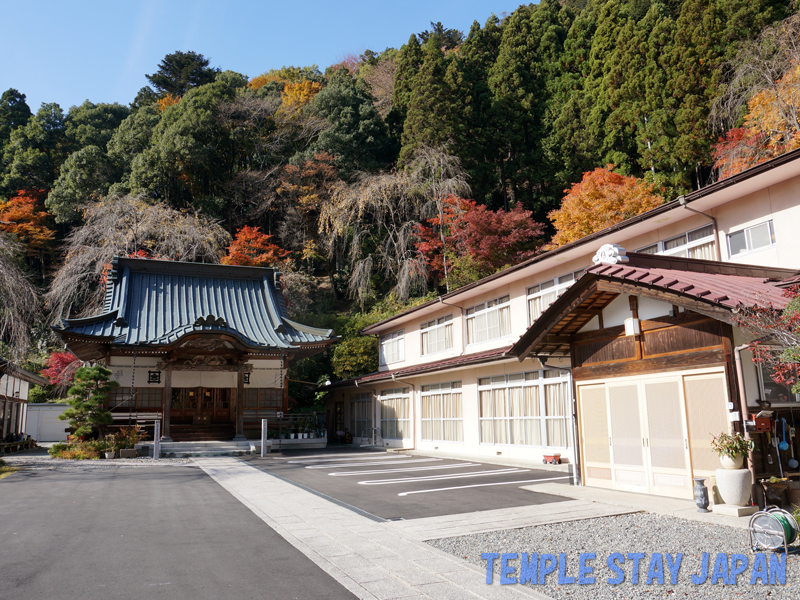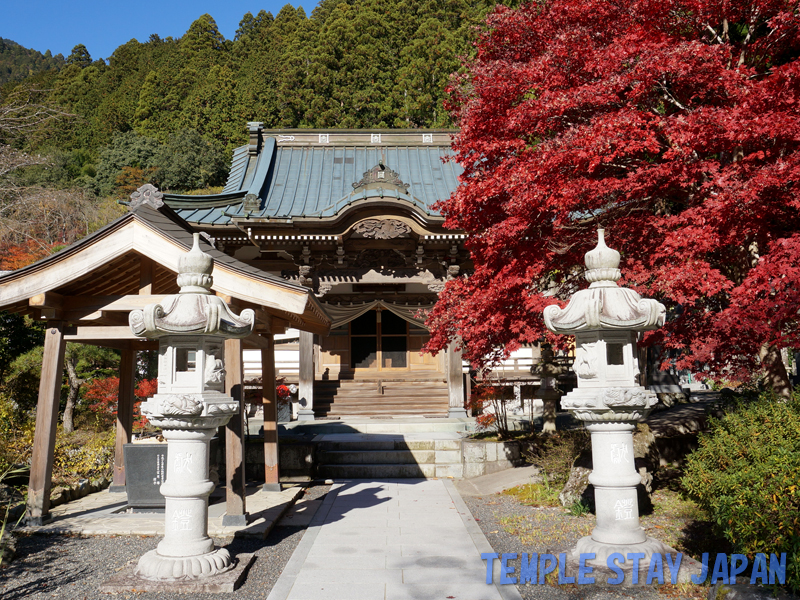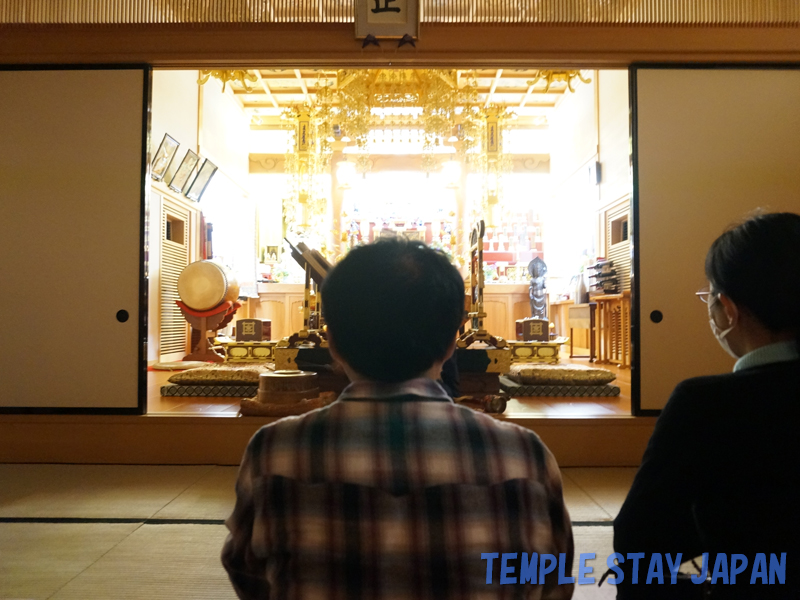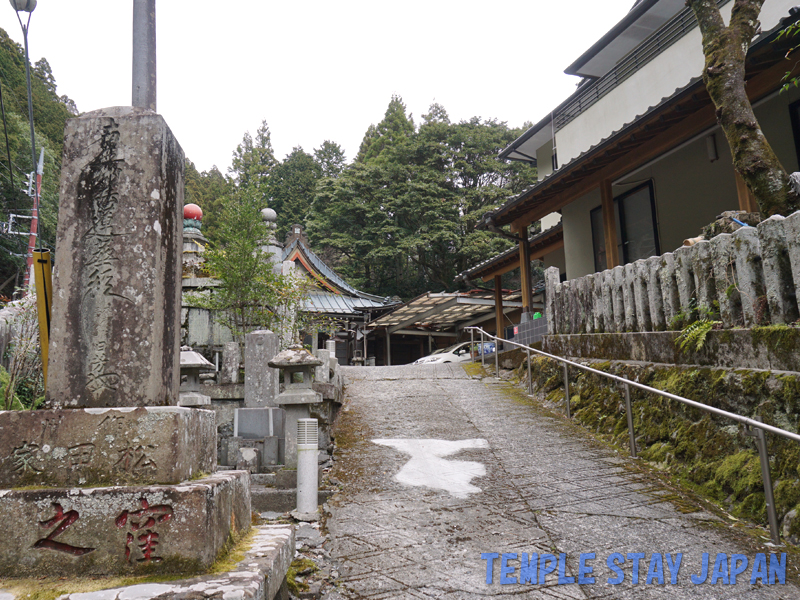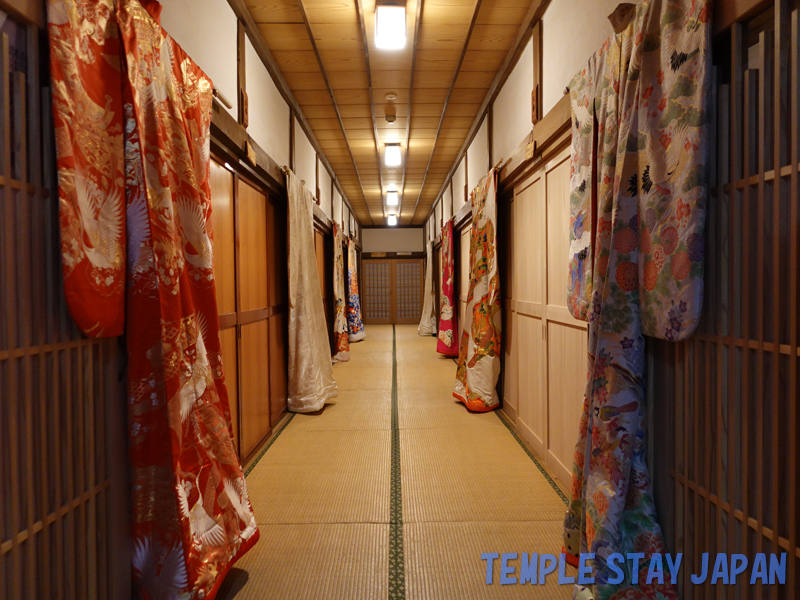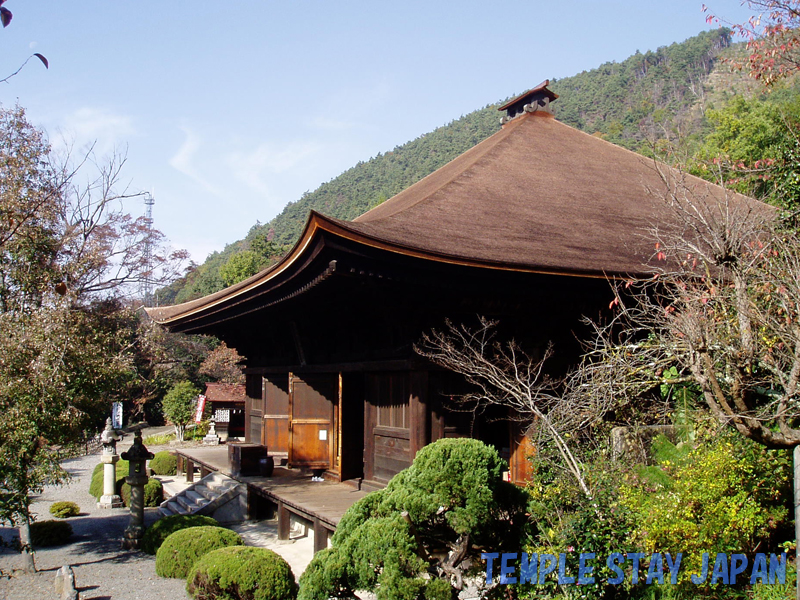Yamanashi– category –
-

keishinin temple stay (Yamanashi)
Mt. Shichimen is a sacred mountain with an altitude of 1,982 meters. Keishin-in Temple is located in this mountain. It is a place of training and meat and fish are not allowed to be eaten. The room is large and we all sleep together. It is also known as a famous spot to view Mt. Fuji and the sunrise. -

Habanobo temple stay (Yamanashi)
Habanobo places more emphasis on prayer and training than other shukubo on Minobu-san. I performed a water purification ritual under the guidance of the head priest. It was a cold time at the end of November, but it invigorated my body and mind. -

Yamamotobo temple stay (Yamanashi)
Yamamotobo is a temple founded by Nittyo, one of the six direct disciples of Nichiren, who founded Kuonji Temple. We stayed in two Japanese-style rooms, one with 10 tatami mats and the other with 8 tatami mats. I could see the Sanmon Gate of Kuonji Temple from the window. -

Fumotobo temple stay (Yamanashi)
Fumotobo is a shukubo of Kuonji Temple on Minobu-san, the head temple of the Nichiren sect. I was the only guest there, so I was able to relax. I attended the evening service. They performed a careful service, including offering prayers for our ancestors. -

Hongyobo temple stay (Yamanashi)
Hongyobo is a temple with origins in the 13th century and is a shukubo of Kuonji Temple on Minobu-san, the head temple of the Nichiren sect. It is located at the very back of Minobu, just down the hill from Kuonji Temple, making it convenient for worship. -

Takenobo temple stay (Yamanashi)
Takenobo is located right in front of you after passing through the large gate of Kuonji Temple. Morning services are held in the main hall. For dinner, you can enjoy Minobu's specialty, yuba (tofu skin). -

Shimanobo temple stay (Yamanashi)
It has a history of over 700 years and is one of the oldest shukubo in Minobu. After checking in, the first thing we did was try chanting sutras. Enter the main hall, worship, and chant sutras. The pace started out slow, then got faster, then slowed down again at the end. -

Kubonobo temple stay (Yamanashi)
This is a shukubo of Minobusan Kuon-ji temple. The rooms are separated by sliding doors, but are spacious and comfortable. The religious services at Kubono-bo are conducted from 17:00. Also, a "Seizakai" is held from 14:00 to 16:00 on the second and the fourth Sunday every month. -

Kakurinbo temple stay (Yamanashi)
This is a shukubo of Minobusan Kuon-ji temple. The shukubo people were very kind and they served good food. Also, the Japanese garden of Minobu Town, which is designated as a cultural asset, is very beautiful. It is a must see. I felt as if my mind had been purified while I was leisurely watching the scenery. -

Daizenji temple stay (Yamanashi)
Daizenji Temple introduced grapes to Katsunuma for the first time; Katsunuma is now a grape production site. main hall (Yakushido), a national treasure is a typical main hall of esoteric Buddhism that represents the Kamakura period (1185 to 1333). In this hall, I received zazen instruction.
1


